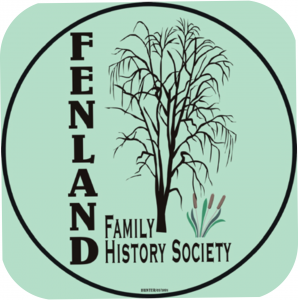Brian Jones was our speaker for the January meeting. Brian opened his talk by telling us of the crusaders experience of windmills in Persia in the 3rd century BC, & that they later brought that knowledge to our shores coupled with their skill of building towers.
The millwright was looked upon as a skilled workman with a social standing just below the gentry. Despite this it was not uncommon for a millwright to become bankrupt two or three times during his working life as the last payment for the mill was not made until the mill had been working for some time.
Often a family business the wife was also involved especially when the windmill sails were covered with canvas, as it was she who would sew the canvas.
We heard that the millwright built the mill as well as repairing & maintaining it. A fact that many in the audience had not realised.
Apparently one way of telling if a man was a good millwright was to look at his hands, and if he had some fingers missing then this showed a skilled man. This came about from having to lubricate the moving parts of the mill with goose grease, and fingers getting trapped in cogs & wheels!
We heard that Norfolk & Lincolnshire had a large number of mills because of the steady flow of water in these areas & that Cambridgeshire had fewer because the water only oozed from the fen ground.
Brian spoke of the different types of mills that were built as time progressed, from post mills, round house, the smock mills with the tops able to rotate & tower mills that rotated & were self-steering.
From women grinding corn between two stones to windmills used for grinding, to water mills which gave way to mills driven by steam to lift water from one level to another.
All aspects of the millwright’s life were illustrated by slides.
The intricate machinery inside the mill was also explained to us and that the millwright was responsible for all.
A fascinating talk that was followed by many questions that Brian answered in his usual light hearted way.
[Barbara Holmes]
January meeting: Kevin Rodgers – Wisbech workhouse
As most members know, Kevin is a prolific writer on Wisbech local history. He owned up that after publishing a book he tries to forget
